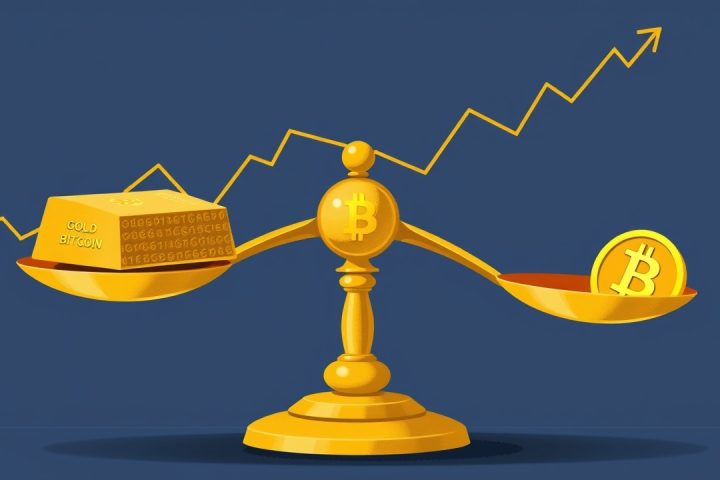Introduction of Coinbase’s New Lending Service
In recent developments, Coinbase has introduced a new lending service that capitalizes on users’ wrapped Bitcoin and Circle’s USDC through decentralized finance (DeFi) protocol Morpho, positioning the exchange as a key technology provider in this space. This innovative product enables Coinbase customers to either deposit wrapped Bitcoin as collateral for loans or invest USDC to earn interest, tapping into a market that has seen originations surpassing $1 billion as of Tuesday.
Profitability and Revenue Streams
The profitability of this venture for Coinbase is multifaceted, deriving revenue from transaction fees linked to stablecoin reserves, performance fees which incentivize risk managers within the Morpho framework, and indirect benefits from transaction activities on its Ethereum layer-2 network, Base. Coinbase emphasizes that this initiative aims to enhance the financial autonomy of its users while acknowledging that certain aspects of the arrangement might not be readily apparent on-chain.
User Experience and Collaboration
While the FAQ section of the lending product reassures users that there are no direct fees from Coinbase and that interest rates are influenced by open lending markets, deeper details about its collaboration with the curator, Steakhouse, help clarify how users inadvertently fund the exchange.
Investors can access a variety of vaults, with the most popular one overseen by a DeFi project named Spark, which facilitates Bitcoin-backed loans and earns a cut of the interest generated on its USDC deposits. Steakhouse, curating another vault, has attracted users with an attractive yield of 5.6% APY on USDC, although it collects a significant performance fee of 25%, a portion of which is shared back with Coinbase.
Decentralized Lending and Regulatory Landscape
In an interview with Decrypt, Max Branzburg, Coinbase’s head of consumer products, emphasized that the platform is connecting users with DeFi tools rather than acting as a lender per se.
This revitalization of lending through decentralized channels contrasts starkly with Coinbase’s previous structure, which relied heavily on a web of state licensing for centralized loans—operations halted under increased scrutiny from regulatory bodies in 2023.
Future Plans and Market Potential
As Coinbase navigates this blend of centralized access and decentralized offerings, the firm has noted an uptick in users engaging with borrowed funds for significant purchases while retaining their Bitcoin holdings. Despite introducing the product earlier this year and capturing attention from over 14,200 wallets, this represents a mere fraction of the exchange’s overall user base.
Looking to the future, Coinbase plans to elevate lending limits significantly, from $1 million to $5 million, potentially unlocking access to billions in assets for its clientele. The landscape for crypto lending in the U.S. is shifting towards a more accommodating regulatory environment, with Coinbase at the helm advocating for innovations that harness both Bitcoin and DeFi potential.




